Spider Mom – Alvaro Mendoza (2012)
Egg laying by a female spider filmed by Alvaro Mendoza. Highly choreographed light use makes this short observation particularly striking. Spiders reproduce sexually. Fertilization is internal but the sperm is not inserted into the female’s body by the male’s genitals. Unlike many land-living arthropods, male spiders do not produce ready-made spermatophores (packages of sperm). Males spin small sperm webs on to which they ejaculate and then transfer the sperm to syringe-like structures on the tips of their pedipalps. Image source: […]

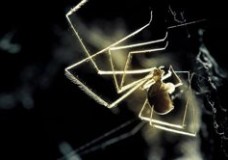
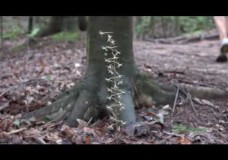

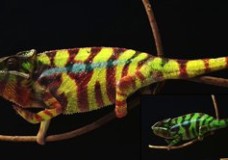
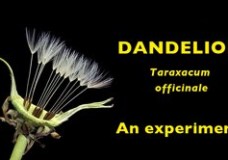

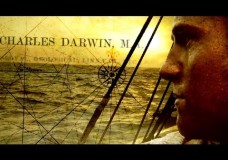
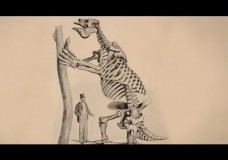
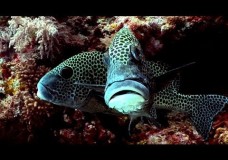

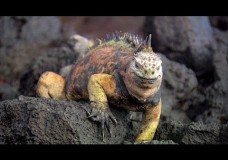
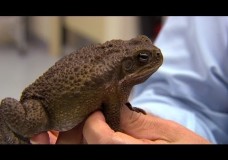

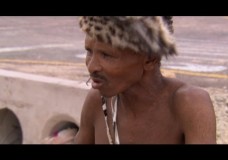
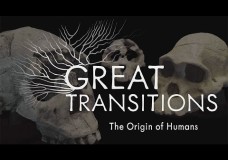

Recent Comments